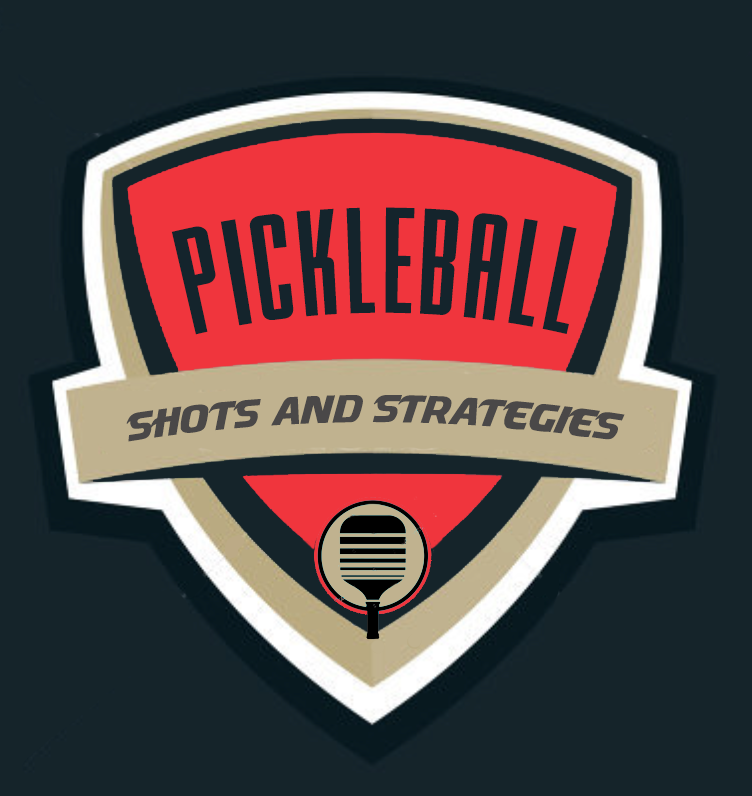CONTROLLING FACTORS FOR BALL PLACEMENT
The placement of your shots is a result of 4 controls:
PACE
SPIN
HEIGHT
ANGLE
There is a formula for specific sports events. In Track and Field, speed in a running event is based on the length of the stride and how fast you can turn over your stride. If one runner has the same number of strides in an event but has a stride that is a few inches longer, then that person will win that race.
In Pickleball, there is a formula which includes the 4 controls listed above which result in the placement of your shot.
In Pickleball, it is extremely important to place your shots. The phrase for the value of real estate is often stated as, “Location, location, location”. The location or placement of your shot is the most important aspect and all shots that you hit should have a target area taken into account. These target areas, or places on your opponent’s side of the court, are hit by controlling the Pace, Spin, Height, and Angle. The target areas are generally in front and to the right or left of your opponent’s feet. So in doubles, two target areas back near the baseline, two targets areas in the middle of the court, and two target areas in one half of the kitchen. In addition to keeping your shots low and in front of your opponent, you have target areas directly at them to challenge their hand speed.
Pace, or how hard you hit the ball, will control the depth. Pace also can be a challenging factor and will literally force errors against some opponents who don’t possess quick reactions or hand speed.
Spin is clearly one of the most important factors related to ball control. Putting the correct Spin on the ball can increase a shot’s margin for error and affect the bounce of the ball. All shots are made with some ball spin. However, it is the greater amounts of Spin produced by paddle trajectory variations at impact that have the most dramatic effects on ball flight and bounce.
Topspin
Topspin is created by an upward low to high motion of the paddle through impact. Skilled players may use even steeper racket paths and some small closing of the paddle face to impart varying amounts of Topspin. An excellent time to experiment with Topspin is on your Serve. Try an open paddle face where the face is towards the sky. Hit the ball hard and it may very well fly past the baseline. Now close the paddle face or turn the face slightly towards the ground and the ball will certainly Spin back into the court and may very well go into the net. By closing your paddle face, it will not be easy to hit the ball over the baseline on the fly. With a closed paddle face, swing low to high and have fun with hitting with varying amounts of Pace, Spin, and Height.
Under Spin, Backspin or Slice
To hit a ball with Under Spin, or backspin, a player angles his paddle face open and slides it underneath the ball when hitting it. This type of shot is called a slice and causes the ball to rotate with a backward spin during its flight. As I have taught in many places on the website, the all important “Chip and Catch” involves the basics of Under Spin. This skill takes all of the speed off of an incoming ball. By varying the amount of Spin and the Pace of your shot, you will be able to hit Drop Shots, Drives, and Lobs.
Height is a third control for ball placement. The Depth of your shots play a major role in the outcome of a point. The first two shots in a point, the Serve and Return of Serve should be hit with enough height to get your ball to land deeper in the court. Depth simply gives you an advantage as it keeps your opponent back and more time to react to your opponent’s shots. A deeper Return of Serve allows you more time to advance up to your NVZ line and makes your opponent’s Third Shot more difficult.
Angle or the direction of your shot starts out with the Serve. You must hit the ball diagonally to the proper service box. The control of the angle plays a major role in your placement. This control seems to be the easiest of the four as players everywhere are able to Serve to the proper side and also hit their Return of Serve to one half of the court. In recreational play, be sure to hit the return to both players so to be inclusive. Every player has come to the courts and wants to hit the ball. The better players should hit softer pace to the weaker players and all players should play a game once in a while to try an extend the point rather than put the ball away as soon as possible.
